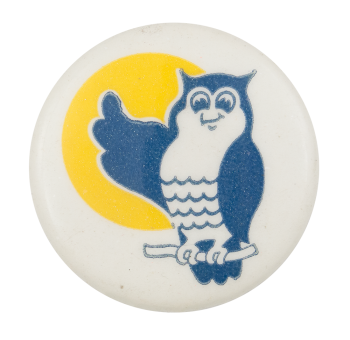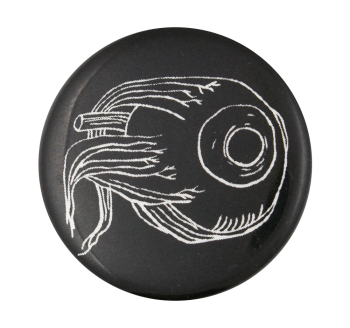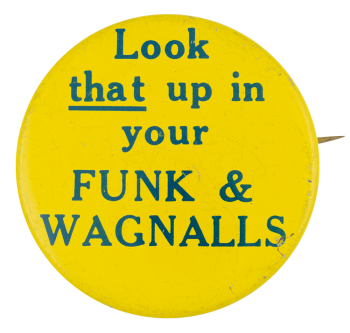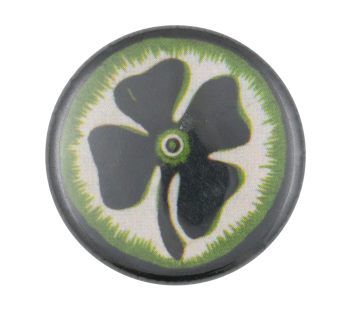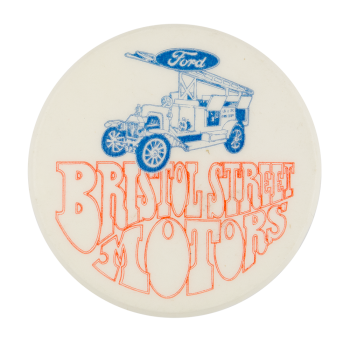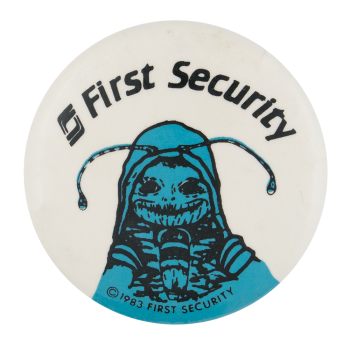Blue Owl
| Category | |
|---|---|
| Additional Images | |
| Sub Categories | |
| Image Description | Illustration of a blue owl on a branch with a yellow circle behind its outstretched wing and a white background. |
| Back Style | |
| The Shape | |
| The Size | |
| Additional Information | Have info on this button? Contact us here. |
| Catalog ID | AR0144 |

